
The story of biryani, rice dish for special occasions that unites the people of India, Pakistan and Bangladesh
- Everywhere you go in South Asia, cities have their own version of the spiced meat and rice dish that’s a reminder of their common heritage
- The perfect biryani is slow cooked to allow the flavours to blend, the meat should be tender and succulent, and every grain of rice separate

Tender, succulent pieces of meat. Fluffy, long-grained basmati rice, infused with saffron, nutmeg and cardamom and topped with browned crispy curls of onion and a fried garnish of cashews and raisins. Served with raita (a condiment made of yogurt) and bagara baigan (roasted aubergine). No wonder diners around the world love the flavours of biryani, a gastronomic delight of the Indian subcontinent.
Cooked in homes across the region on special occasions such as weddings and festivals, it also on the menus of fancy restaurants and roadside eateries. Biryani is a dish everyone revels in and one that, like the game of cricket, unites India, Pakistan and Bangladesh.
“Biryani is much more than a dish. It means celebration and evokes memories of childhood, of the fragrance of spices that would fill the house as my mother laboured for hours in the kitchen preparing it,” says 46-year-old Yesrab Ali Mirza, a Hong Kong resident who grew up in Chennai, India. “My favourite part of Eid was feasting on biryani with all my cousins.”
“The best thing about biryani is sharing it,” says 45-year old Fariha Mehraj, a Hong Kong-based homemaker who grew up in Islamabad, Pakistan. “It brought families and friends closer, and it was a dish we bonded over. The recipe Ammi [mother] used for biryani was a family tradition and passed on to her from my grandmother. I am lucky that I learned to make it from her.”

The history of biryani spans centuries, civilisations and cooking styles; the dish evolved into its present form through absorbing elements of different cultures.
The rice dish probably came to the Indian subcontinent from Persia, modern-day Iran. “The word ‘biryani’ is derived from the Persian word ‘berenj’ meaning ‘rice’ and ‘biryan’ meaning ‘to fry or roast’,” says 44-year-old Tara Deshpande, the author of several books on Indian cooking.
Some believe the genesis of biryani lies in the meals prepared by the Turkic tribes of Central Asia, who slowly cooked meat and rice together in a large pot over an open fire.
According to food historian Lizzie Collingham, the dish was developed in the royal kitchens of the Mughals, who ruled India from the 15th to 18th centuries. It rose to a high status as palace fare, served to royalty on platters of gold and silver.
“In the kitchens of the Mughals, mismatched culinary cultures came together to produce a synthesis of the recipes and foods of northern Hindustan, Central Asia and Persia,” Collingham writes in her book, Curry, A Tale of Cooks and Conquerors. “The delicately flavoured Persian pilau met the pungent and spicy rice dishes of Hindustan to create the classic Mughlai dish, biryani.”
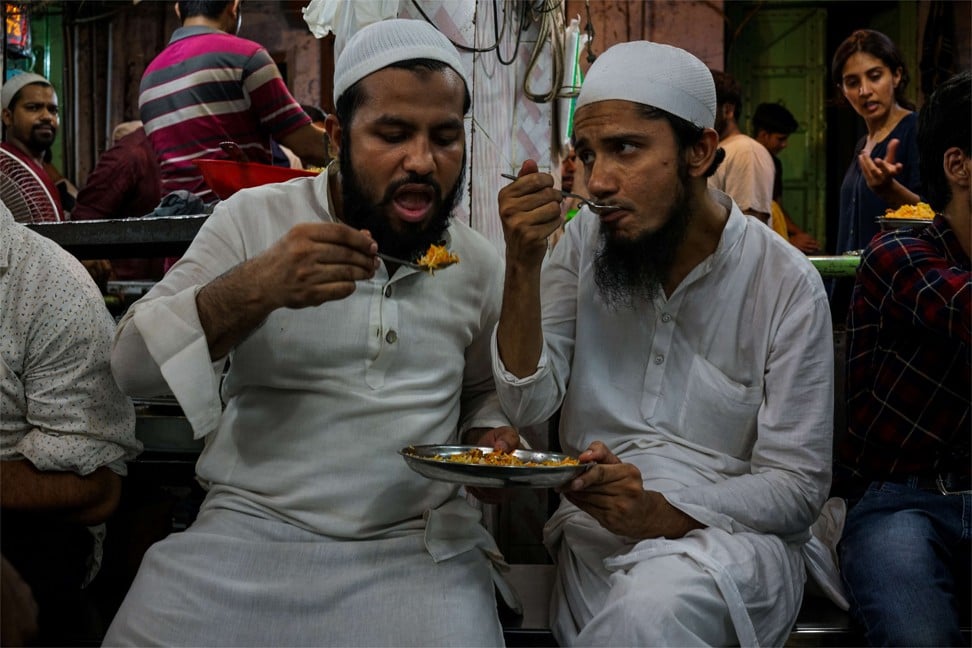
In one origin story, Mumtaz Mahal – the Mughal empress in whose memory the famed Taj Mahal was built – was the inspiration for biryani. Legend has it that Mumtaz once visited the royal army barracks, where she found the soldiers looking undernourished. She asked the royal kitchen to prepare a special dish that combined meat and rice to provide a balanced diet for the troops. The result was biryani.
“Cooking biryani is an art form,” says 38-year-old Palash Mitra, executive chef at both the Michelin-starred New Punjab Club and Rajasthan Rifles, two popular restaurants serving Indian cuisine in Hong Kong. To prepare biryani, a cooking technique called “dum pukht”, said to have originated in Persia, is used. Dum means to “breathe in” and pukht means to “cook”.
Goat meat is marinated in a thick paste of yogurt, onion, garlic and spices, then braised. The rice is boiled separately. The two ingredients are then arranged in layers in a handi, a round, heavy-bottomed clay pot, and cooked over a slow fire. The pot is sealed tightly with a layer of dough around the edges which prevents steam from escaping, allowing the steaming meat to tenderise in its own juices while flavouring the rice, Mitra explains.
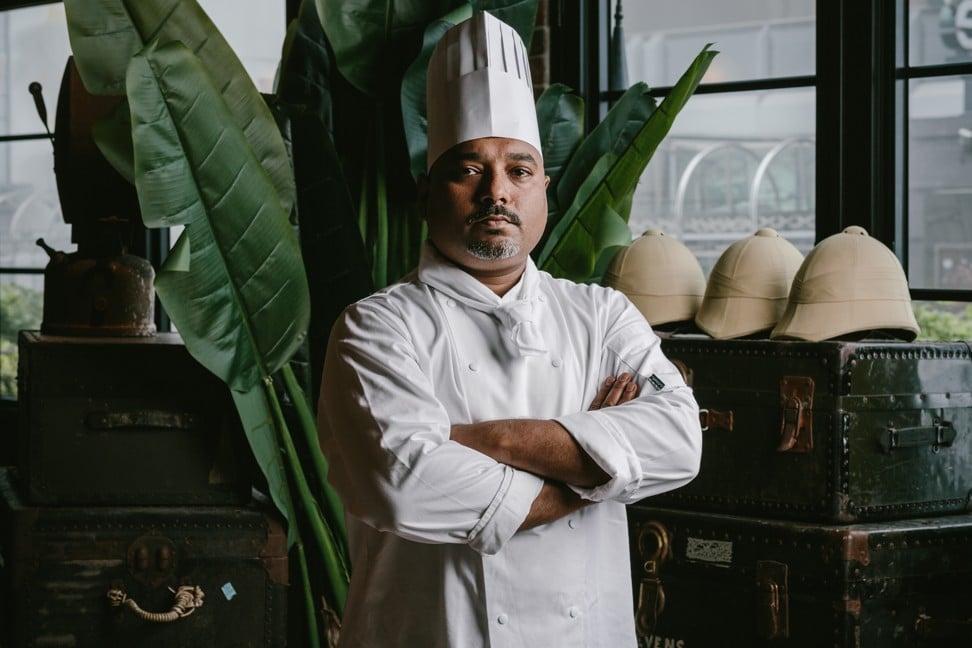
A good biryani is judged on the quality of the meat and the rice, and the blend of spices. “In a perfect pot of biryani, every grain of rice should be separate,” Mitra says. “The meat should be so tender that it falls off the bone and yet not be overcooked.”
The dish has evolved in myriad ways in different regions as local flavours and ingredients have blended to create many distinct ways of cooking it. The more famous styles of biryani in India hail from Kolkata, Hyderabad and Lucknow.
The Kolkata biryani has its own origin story. The colourful Wajid Ali Shah, last viceroy of Awadh (the modern Indian state of Uttar Pradesh), was banished by his colonial British masters from his capital city of Lucknow to Metiabruz, on the outskirts of what was then Calcutta, in 1856.
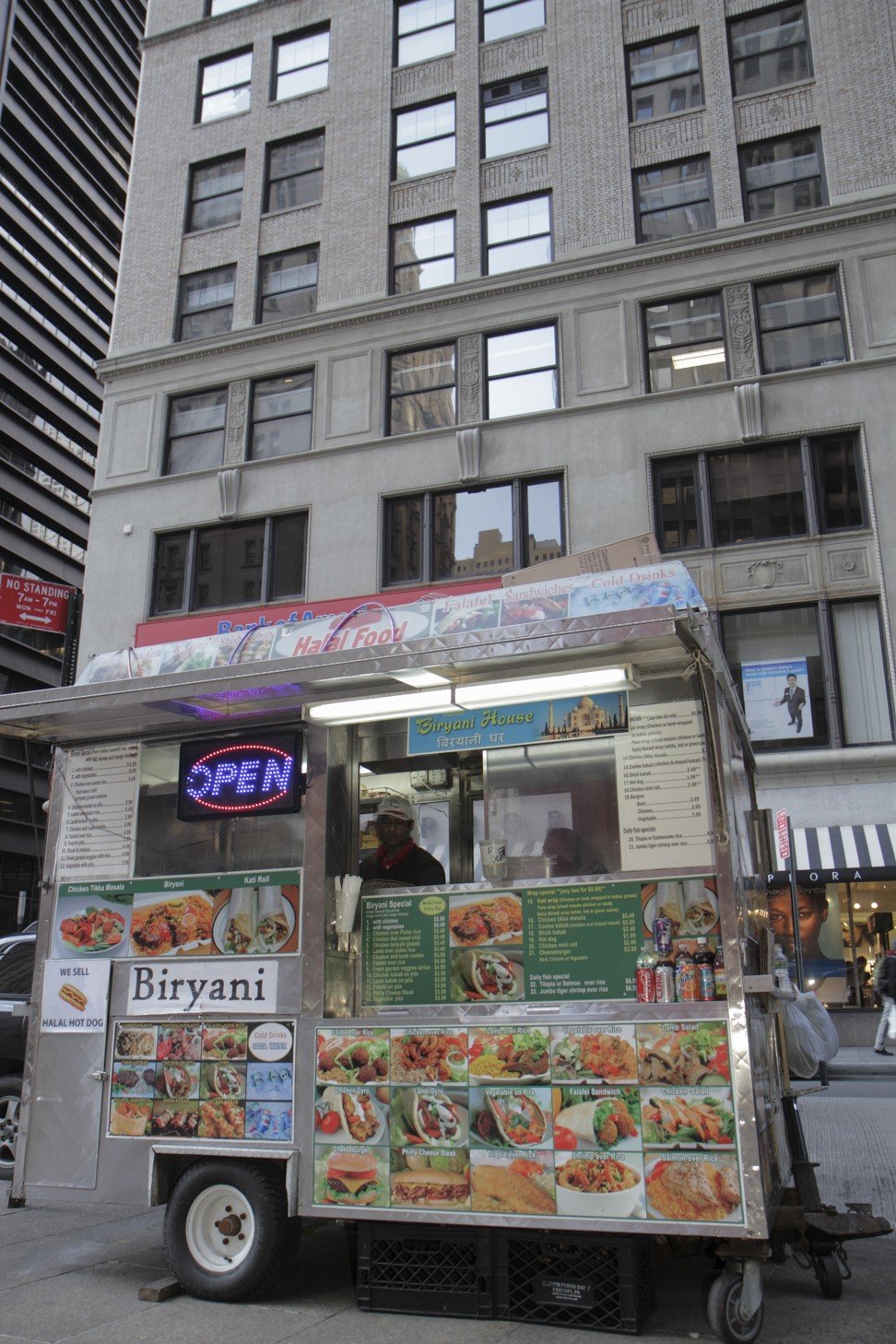
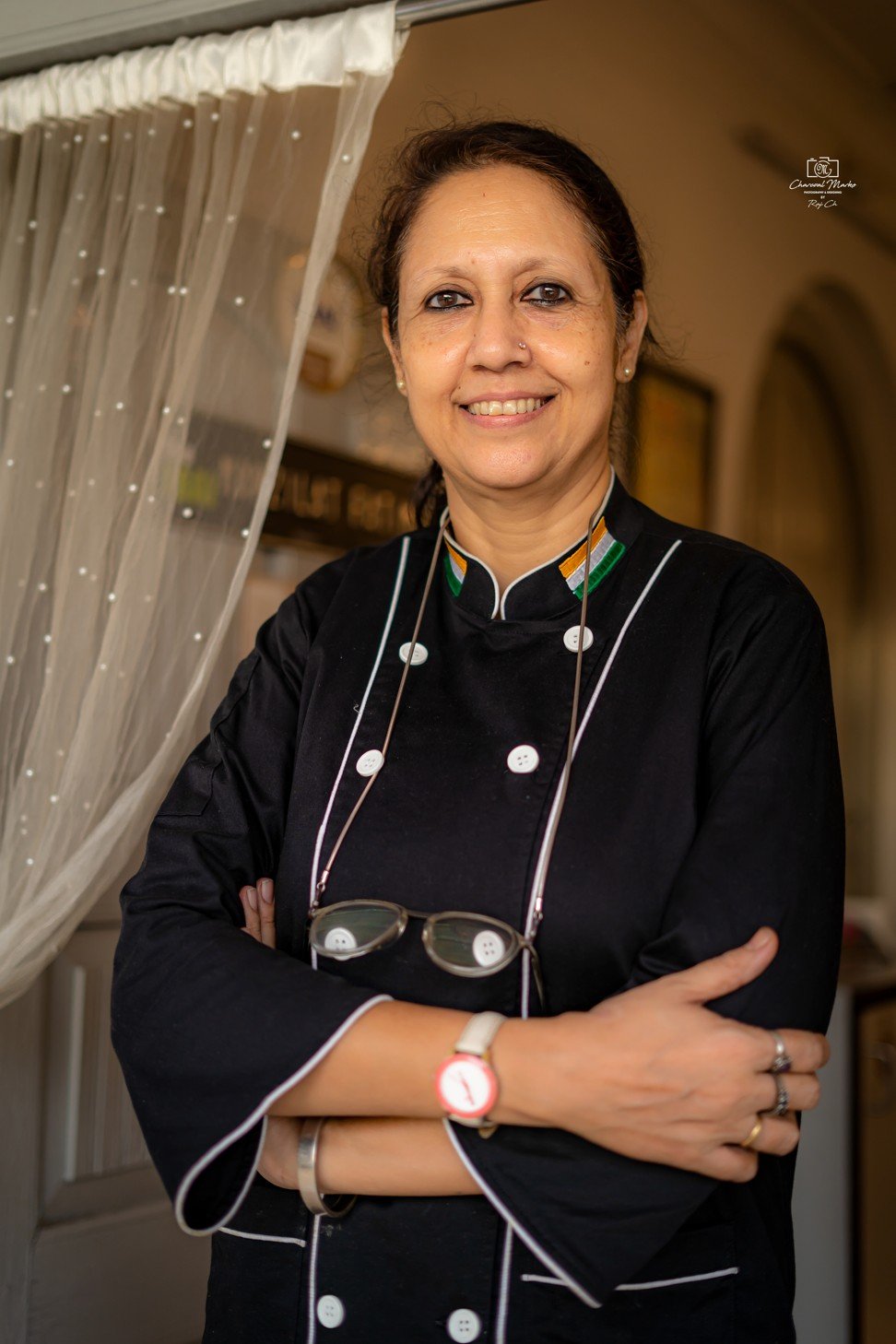
“Feeding his large entourage of attendants and entertainers on a small budget became a challenge, so his chefs tweaked the recipe of biryani, replacing meat with cooked golden brown potatoes. And this gave birth to the Kolkata biryani,” explains 61-year old Ishtiaque Ahmad, the owner of Shiraz, one of the oldest and best known restaurants serving biryani in the city.
Ahmad’s father started the restaurant in 1961, when he hired Mohammed Shammuddin, a descendant of the chief chef of the viceroy, to prepare Mughlai dishes.
Manzilat Fatima, the great-great-granddaughter of Wajid Ali Shah, is carrying the tradition of the Kolkata biryani forward and has brought it to the internet age. Fatima started sharing her family’s biryani recipes on social media and her posts soon became extremely popular.
Our [Lucknow] biryani has more delicate flavours, the textures are softer and the spices milder
“I cook biryani in mustard oil and use ghee [clarified butter] and saffron,” says 52-year-old Fatima, who now runs a home business called Manzilat’s. “This makes the biryani light and flavourful.”
Her “Kolkata Khandani Awadh Biryani” is highly sought after and she receives 60 to 80 orders a day through food ordering apps and on the phone.
No story on the dish would be complete without mention of the celebrated biryani of Hyderabad. This was born after the Mughals conquered Hyderabad and appointed a local governor, or nizam, Asaf Jah. His chefs created almost 50 different styles of biryani that used goat meat, fish, quail, deer and even hare meat.
The dish became the favourite of the nizams, who ruled over Hyderabad district through the 17th and 18th centuries.


“The true Hyderabad biryani is the kacchi [raw] gosht [goat meat] biryani,” says 35-year-old Amey Marathe, head of culinary operations at the Paradise Food Court, one of the best-known restaurant chains serving biryani in Hyderabad, in operation since 1953.
“Uncooked rice, marinated raw meat and the flavouring agents are slow-cooked together in a clay pot for a long time over the fire. Every single ingredient is integral to the biryani – the spices, the ghee, the rice and the meat. The spices get a lot of time to mix with the rice and meat as they are cooked, making the Hyderabadi biryani spicier than other versions found in India,” Marathe says.
Hyderabad also has some unconventional flavours of biryani, like doodh ki biryani (doodh means milk), which includes milk and roasted nuts.
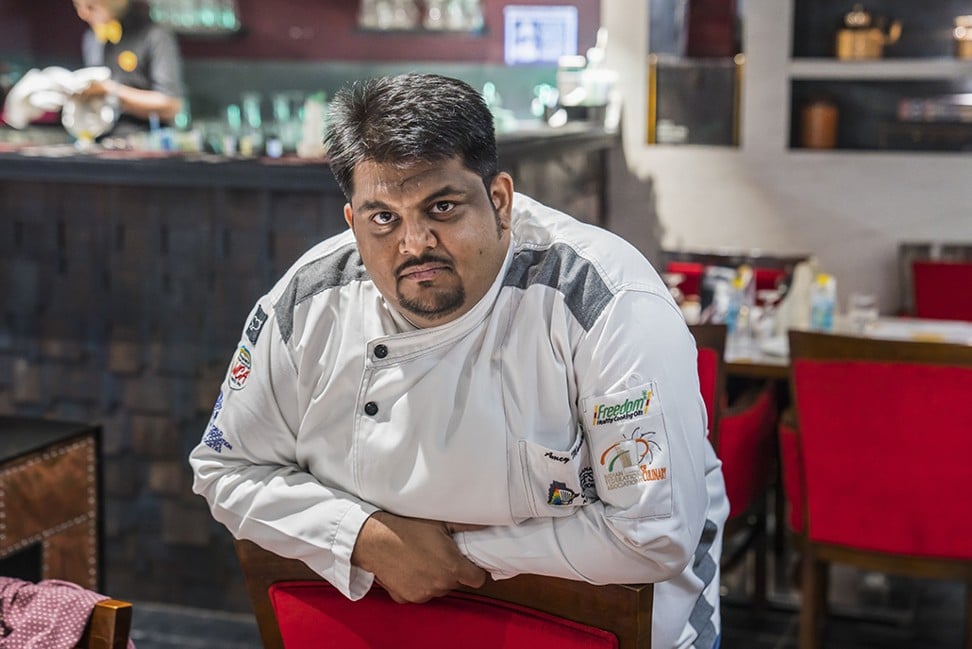
The famous Lucknow biryani is light and fragrant. “Our biryani has more delicate flavours, the textures are softer and the spices milder,” says 47-year old Mohammad Rashid, who runs Lucknow restaurant Bismillah Biryani. “The style of cooking is pukki [meaning cooked], where the meat and the rice are separately cooked first and then layered in an earthen pot, where they come together to create incredible flavours.”
From the open-air cooking pits and pots of Central Asian nomads and the imperial kitchens of the great Mughals, the biryani has come a long way to become a part of people’s kitchens, and more importantly, find a place in their hearts.
In the face of communal strife and discord, it serves as a powerful reminder of the beauty created when different cultures and traditions come together to blend in harmony.

Loved by one and a half billion people hailing from India, Pakistan and Bangladesh, the dish is more than a perfect coming together of rice, meat and spices. It is a reminder of their shared past and a symbol of what unites them.
Purchase the China AI Report 2020 brought to you by SCMP Research and enjoy a 20% discount (original price US$400). This 60-page all new intelligence report gives you first-hand insights and analysis into the latest industry developments and intelligence about China AI. Get exclusive access to our webinars for continuous learning, and interact with China AI executives in live Q&A. Offer valid until 31 March 2020.